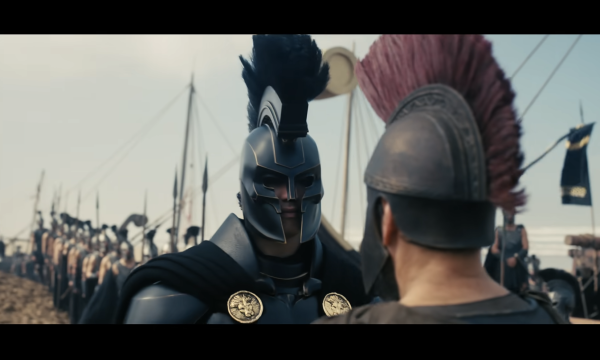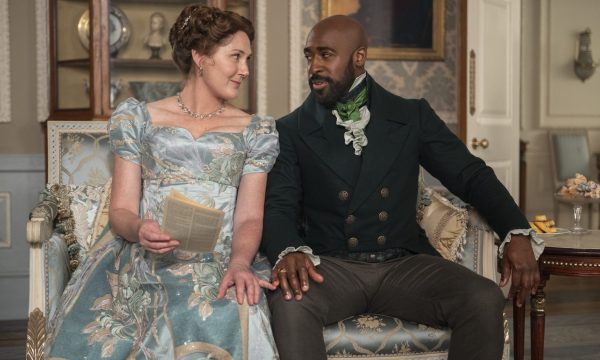Video: www.cnn.com
70 years ago today, on June 6th, 1944, the Normandy landings occurred, also known as D-Day; one of the most remembered days in world history. The Normandy Landings, code named Operation Neptune, paved the way for the liberation of Europe during World War II against Nazi Germany. The Allies selected Normandy as the landing site for the invasion because it provided the best access to France’s interior. On D-Day’s 70th anniversary, President Obama gave a speech at the Normandy American Cemetery and Memorial at Omaha Beach.
The President said, “Just last week, I received a letter from a French citizen. ‘Dear Mr. President and the American people,’ he wrote, ‘[we are] honored to welcome you…to thank you again for all the pain and efforts of [the] American people and others in our common struggle for freedom.’ Today, we say the same to the people of France. Thank you, especially, for the generosity you’ve shown the Americans who’ve come here over the generations — to these beaches, and to this sacred place of rest for 9,387 Americans. At the end of the war, when our ships set off for America filled with our fallen, tens of thousands of liberated Europeans turned out to say farewell.”
Initially planned for May 1944, the invasion was delayed until June due to a lack of landing craft. Weather conditions almost caused another delay, but Commander of the Supreme Headquarters Allied Expeditionary Force General Dwight Eisenhower made the decision to proceed as planned. The assault began shortly after midnight on June 6, 1944, with an air bombardment consisting of more than 2,200 allied bombers attacking targets along the coast and inland. More than 24,000 American, British, and Canadian airborne assault troops and 1,200 aircraft followed the air bombardment.
On the coastline, the second phase began at 5:30 a.m. as forces when six Allied divisions and numerous small units began landing on five beaches. The Allies landed more than 160,000 troops at Normandy, of which 73,000 were American. There were also 83,115 British and Canadian forces who landed on Gold, Juno, and Sword beaches.
By the end of the first day, none of the assault forces had secured their first-day objectives. Allied casualties on June 6 have been estimated at 10,000 killed, wounded, and missing in action: 6,603 Americans, 2,700 British, and 946 Canadians. Over the following days the Allies gradually expanded their tenuous foothold. When a failed German counterattack on August 8 resulted in more than 50,000 German troops being encircled by Allied forces near the town of Falaise, the tide turned, and the Allies broke out of Normandy on August 15. Once out of Normandy, Allied forces advanced quickly and liberated Paris on August 25. German forces retreated across the Seine five days later, marking the end of Operation Overlord.
Today, the Normandy American Cemetery is the resting place for 9,387 Americans, most of whom gave their lives during the landing operations and in the establishment of the beachhead. The names of 1,557 soldiers are inscribed on tablets in the cemetery’s Garden of the Missing. They came from all 50 states and the District of Columbia.
As Europe emerged from the devastation of World War II, the United States implemented the Marshall Plan (officially called the European Recovery Program) in 1948 to provide $11 billion in economic support to rebuild European economies. In April 1949, the United States joined 11 allies to create NATO. NATO’s membership has since grown six times and now comprises 28 members.













